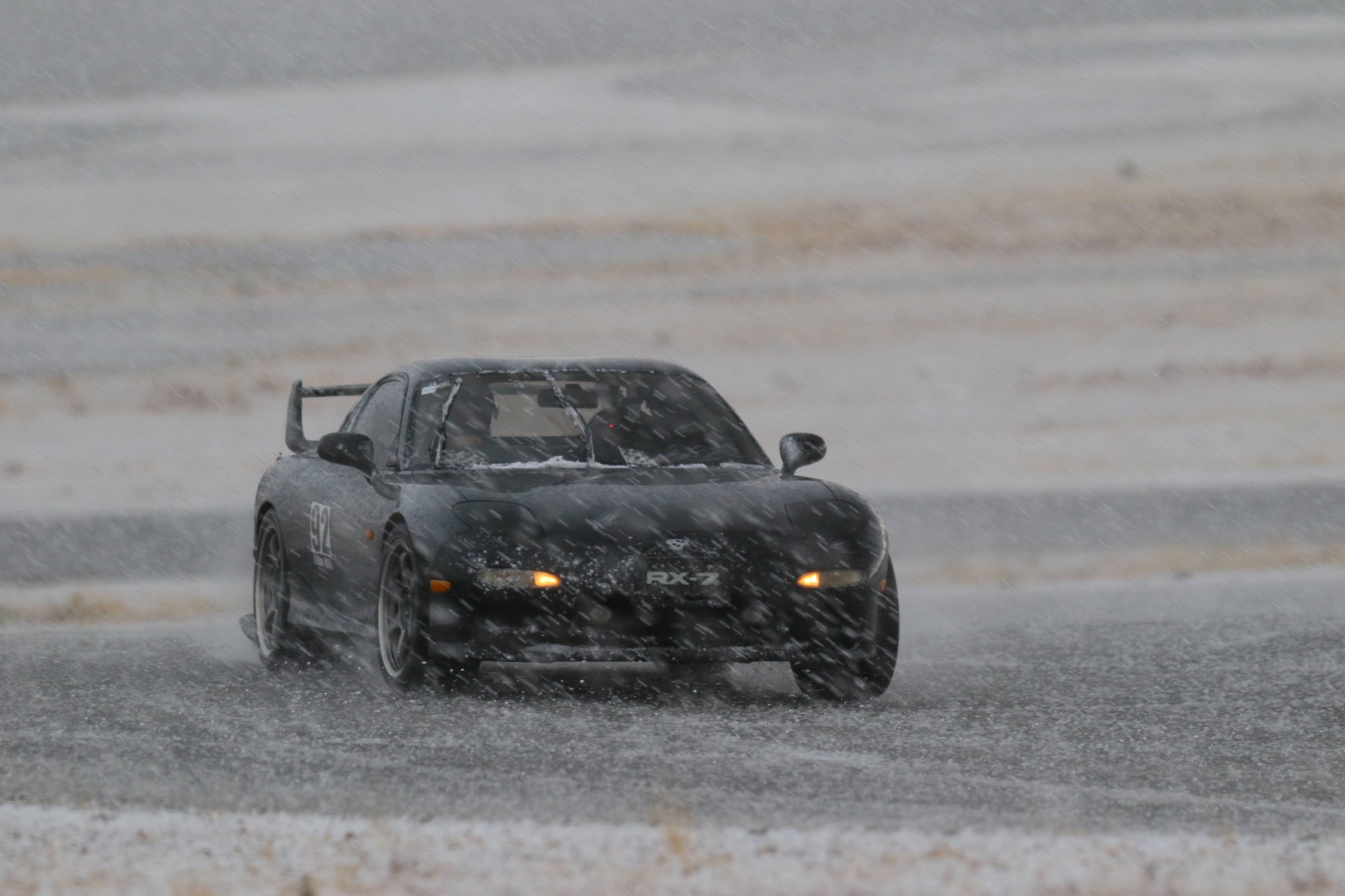
SpeedSF Blog
Every Build Has a Story – Meet the Cars of SpeedSF

Miles’ BRZ: Holistic Approach
Fueled by a desire to rise above middling, Miles Kodama bought his BRZ, enrolled in the 86 Challenge, and did everything in his power — including a serious diet and exercise regimen — to become series champion.

Rafael’s FD3S RX-7: Pipe Dream
After dreaming about one of his Gran Turismo hero cars for many years, Rafael Guerrero was able to trade up through over a dozen RX-7s and eventually snag this gorgeous 1992 RX-7 Type R.

George’s Praga R1: Faith Over Fear
George’s collection of track cars runs the gamut, but none of his dozen or so production cars can match the intensity of his recently acquired Praga R1. This 1,500-pound sports racer has challenged him in ways nothing else has.

Bennet’s C8: Driver Mod Comes First
After making the jump from a Tesla Model 3 into a gen-two BRZ, Bennet realized that he had to continually tailor his driving approach to suit the new platform. He took that understanding into his next purchase, a C8 Corvette, and soon grew to love the MR platform which, initially, had been a little too challenging.

Chris’ Evora: Penny-Pinching Pays Off
After a frustrated spell with a supercharged E92 M3 that could never quite put the power down, Chris Mayfield picked up a mid-engined sports car with a higher performance ceiling.
He found the Evora fun and competent in stock trim, and with full aero from Zebulon, it became a record setter.

Speed SF’s First Enduro Goes Off Without a Hitch
We've had our own enduro in the works for a while now, and it turns out our planning paid off. This month, we successfully completed our first 2.5-hour race and established a new race format for those looking to make the leap into wheel-to-wheel.

Joe’s RX-7: Long Time Coming
As problematic as the rotary engine has been for Joe Salinas, he's had a hell of a time modifying his thirteen different Mazda RX-7s — especially this track-only widebody FD3S.

CSG Brake Pads: Details Make the Difference
Thanks to a detailed feedback loop between CounterSpace Garage and their wide array of active customers, they've been able to provide a usable, confidence-inspiring brake pad for every popular HPDE platform today.

Joe’s AP1 S2000: Continuing Education
A couple years before forty, Joe Drane decided to finally give track days a try. Like with everything he’s pursued, he dove in with two feet and built a stunning S2000 in record time.

Aidan’s GT3: Vision Realized
Driven to realize a very specific dream built on years of tuning high-revving Hondas, Aidan decided that this 991.2 GT3 would have the subtle cosmetic touches to wow crowds and the high-end racing modifications to set seriously impressive lap times.

Passing Etiquette: Making Space and Saving Face
Passing and braking are the last two things a driver learns to do well. We’ve broken down a series of basic rules to follow to help learn how to make the pass stick and how to do so safely.

Hubert's MKIV Supra: Soft Spot
After failing to find an E30 M3 to begin tracking, Hubert decided he’d get his HPDE start in a fourth-generation Supra Turbo: the slinky grand tourer he fell in love with during his teenage street racing days.

Speed SF Challenge Laguna Seca: New Surface, New Records
New pavement and stellar weather meant our fastest drivers pushed harder than ever before at our latest Speed SF Challenge event.

Speed SF at the Nurburgring: Podium Performance at NLS Six-Hour Enduro
Patrick Chio wasted no time getting ready after Andrie Hartanto invited him to partner him in a six-hour RCN enduro at the Nurburging. However, the mountain of paperwork, broken cars, and technical problems didn’t fully prepare them for the dramatic end to their impressive debut.

Sonoma Logistics: Where to Stay, What to Eat, What to Wear
With a unique rhythm, great amenities, and amazing food and lodging nearby, Sonoma Raceway is one of the most popular destination tracks on our calendar.
